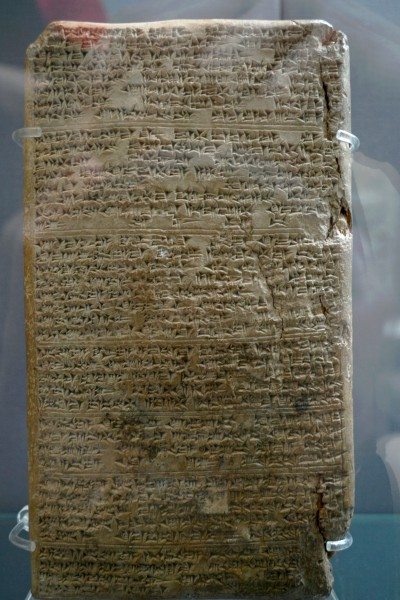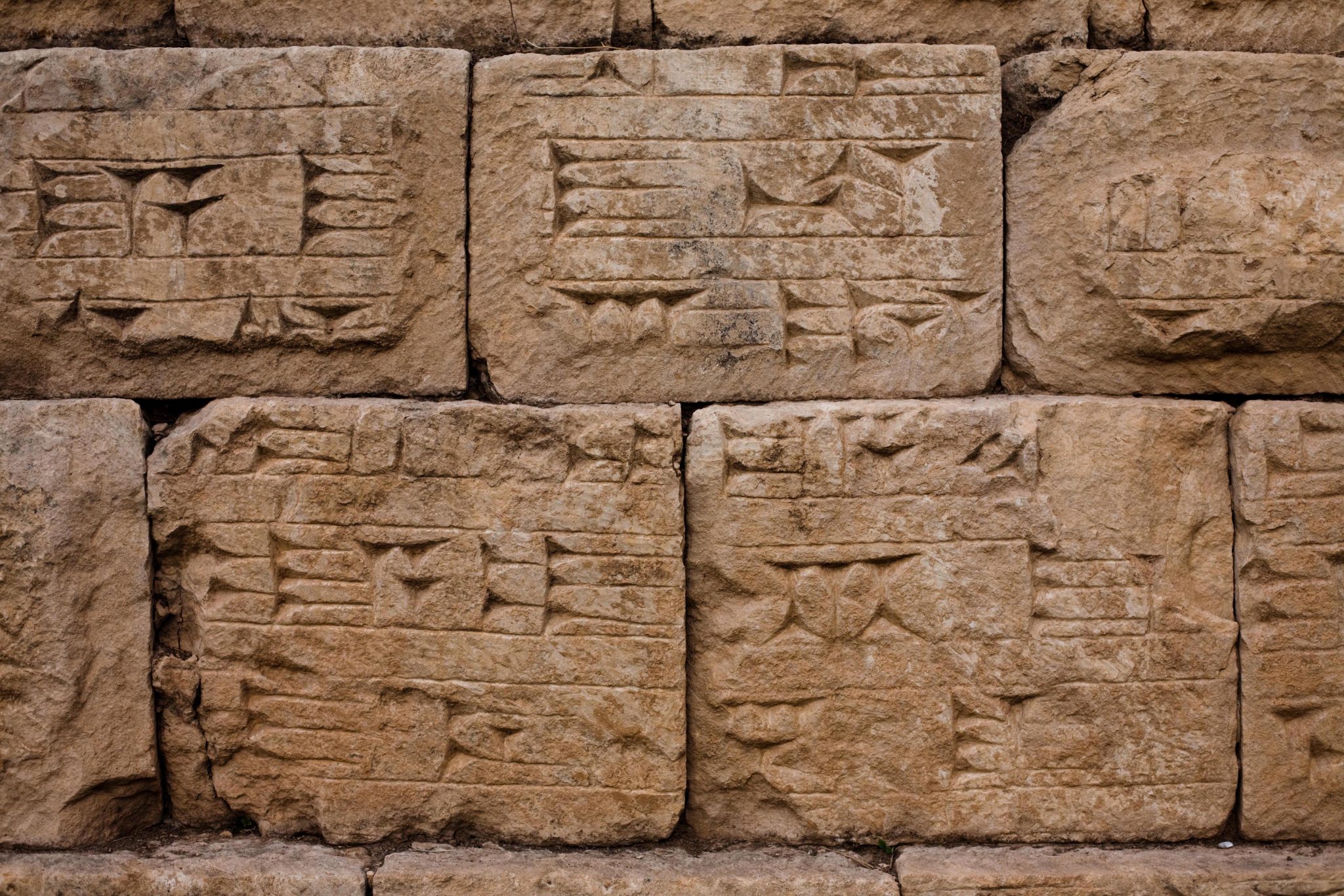Cuneiform is considered the single most significant legacy of the ancient Sumerians of Mesopotamia. It was developed c. 3500-3000 BCE, is considered the first written language created, and was used for well over 1000 years. The oldest-dated cuneiform tablets mostly contain records of business transactions. However, over the centuries, cuneiform tables covered various different topics such as affairs of state, religion, magic, history, contracts, and were used for personal and professional communication (letters).
[embedyt] http://www.youtube.com/watch?v=6OC_kpFyfT0[/embedyt]
[embedyt] http://www.youtube.com/watch?v=HbZ2asfyHcA[/embedyt]
An example of an interesting cuneiform collection is the Amarna Letters. These letters were found in Upper Egypt at Amarna and there are 382 known tablets in total. The letters are mostly diplomatic correspondence between the Ancient Near East and Egypt and contain a structure for the first known diplomatic system. However, the letters have additional significance for two different types of research: Egyptology and biblical studies. Egyptologists are interested in the letters because they are mostly written in Akkadian cuneiform which was used in ancient Mesopotamia rather than ancient Egypt. Biblical studies make use of these letters to understand the culture and language of the Canaanite peoples in pre-biblical times.

Cuneiform tablet inscribed with a letter from Tushratta, king of Mitanni, to Amenhotep III of Egypt. It was found in Tell el-Amarna and dates from c. 1350 BC, when the city was known as Akhetaten. In this letter, the kings were negotiating a diplomatic marriage between Amenhotep III and a Mitanian princess. Tushratta asks for much gold as a bride-price. (The British Museum, London). Photo © Priscila Scoville.

